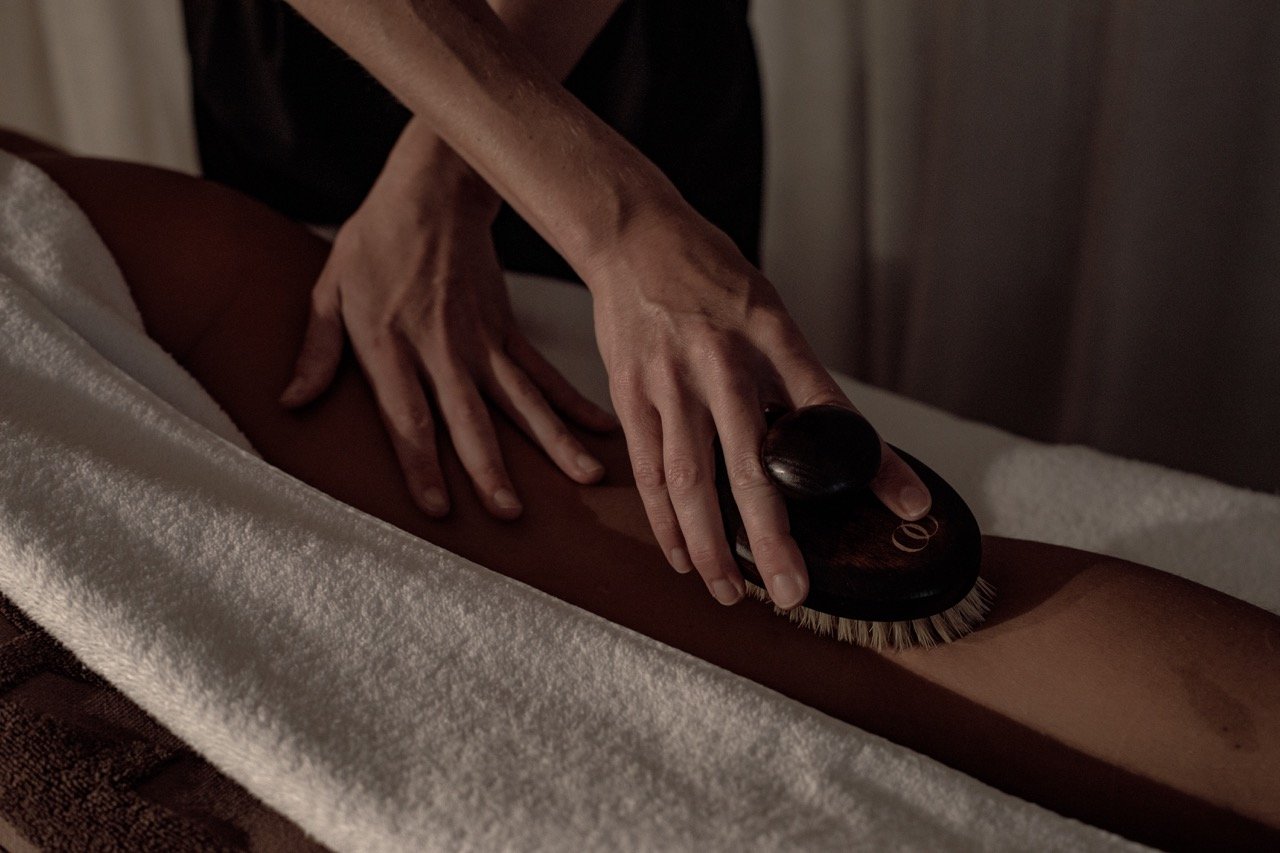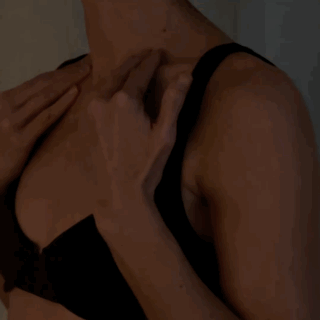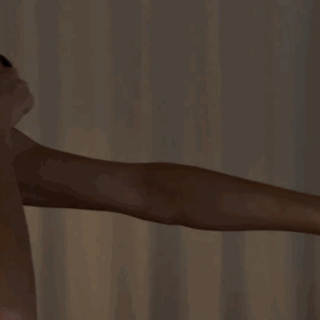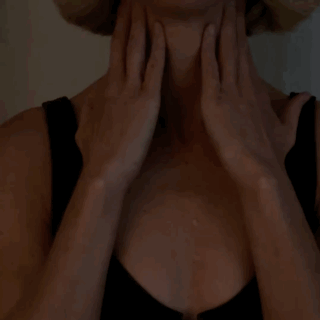Lymphatic Drainage: Origins, Method and Insights
Lymphatic drainage is a topic that has gained quite the fanfare in the last few years. This post is here to shine light on this fascinating practice and share some insights on it’s history and why it is one of our signature treatments here at TAMA.
Origins
First noted in ancient Egyptian Hieroglyphs, the Lymphatic System has been studied and revered as an essential component of the human body for centuries now.
Many physicians have researched the Lymph making remarkable findings and discoveries over the years, particularly from the 17th Century, that have lead us to our current understanding of this vital system.
Dr Emil Vodder and his wife Estrid Vodder are renowned as the founders of the original technique of manual lymphatic drainage, having developed the method in 1936 for the treatment of swelling and Lymphedema. The Vodder Method makes use of light, surface level motions to move lymph to the nearest lymph node with each treatment beginning and ending with diaphragmatic breathing. It has a profoundly soothing effect on the parasympathetic nervous system.
More recently, other methods have been developed with aesthetic purposes in mind. These treatments are an adaption of the Vodder Method and blend myofascial release with contouring techniques to reduce bloating, water retention, puffiness and cellulite, thus revealing a cleansed and scultped appearance.
From what was once an elusive phenomenon, this intricate system has captured the attention of scientists, and now therapists, from around the world and for well reason.
Function
The lymph is a vital component of the circulatory, immune and metabolic systems as it drains fluid from the cells, clearing waste and impurities in the process. It also works to maintain an optimal balance of fluid whilst fighting off swelling and inflammation.
Picture a silk-like network of watery, transparent fluid filtering through tiny cells, capillaries, ducts and vessels encompassing the entire body, working day and night to cleanse and purify. Without it, our bodies would be burdened with toxins causing all sorts of cellular damage and ailments.
Benefits
Whilst this system works tirelessly behind the scenes, there are practices that we can do to help support and enhance the movement of lymph.
TAMA’s lead therapist, Jodie Reynolds, is an artisan in her profession and having been trained in Brazilian lymphatic drainage practices, has carefully created a treatment purely designed to support and enhance this vital system. A masterful blend of the original Vodder method, contouring techniques and Jodie’s signature touch creates this exceptional treatment.
Our Lymphatic Drainage Massage works to compliment your body’s natural lymph flow, encouraging the removal of toxins and excess fluid through gentle therapeutic manuveours. Our therapists carefully work with the body, using manual techniques to activate the lymph nodes and long sweeping motions to increase circulation.
Whilst all massage includes elements that support lymphatic drainage, this full-body approach is specifically targeted to the components of the lymphatic system. Picture slow, rhythmic motions with meticulous attention to the nodes and vessels just below the skin’s surface; this is a dedicated treatment to flush the system from top to toe.
On its own, this treatment is a compliment to the body; providing a dose of additional support and care to our immune and circulatory health. Pair it with other practices like movement, sauna, body brushing and gua sha it becomes an entirely enhanced way to purify and cleanse the body of toxins.
At TAMA, we honour the simple, timeless and nurturing methods that help to return the body to its natural state of balance. You will find an array of these methods in store, including sandalwood carved body brushes and gua shas, detoxifying herbal teas, and facial sculpting tools.
Written by Brooke Josland.




